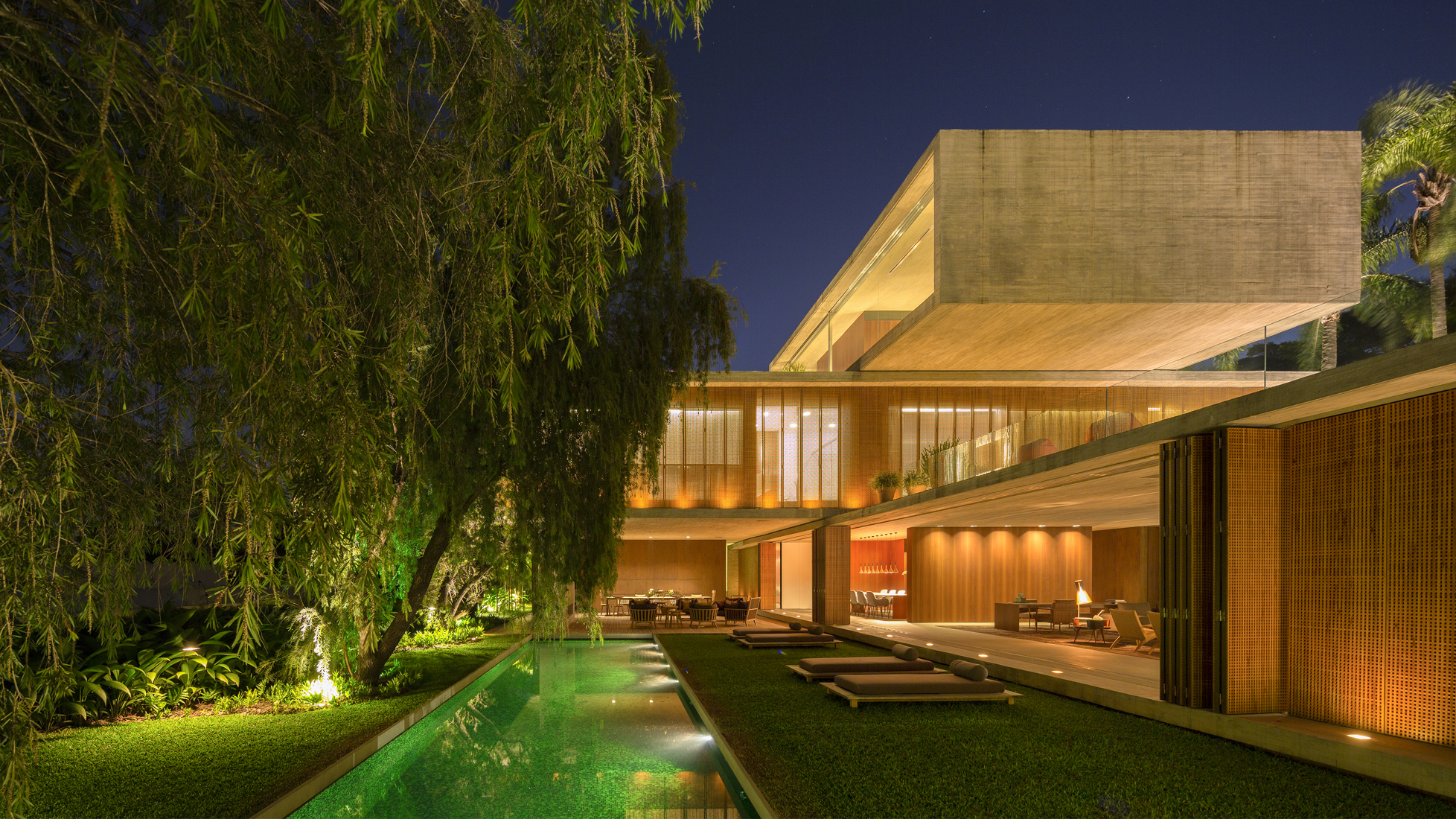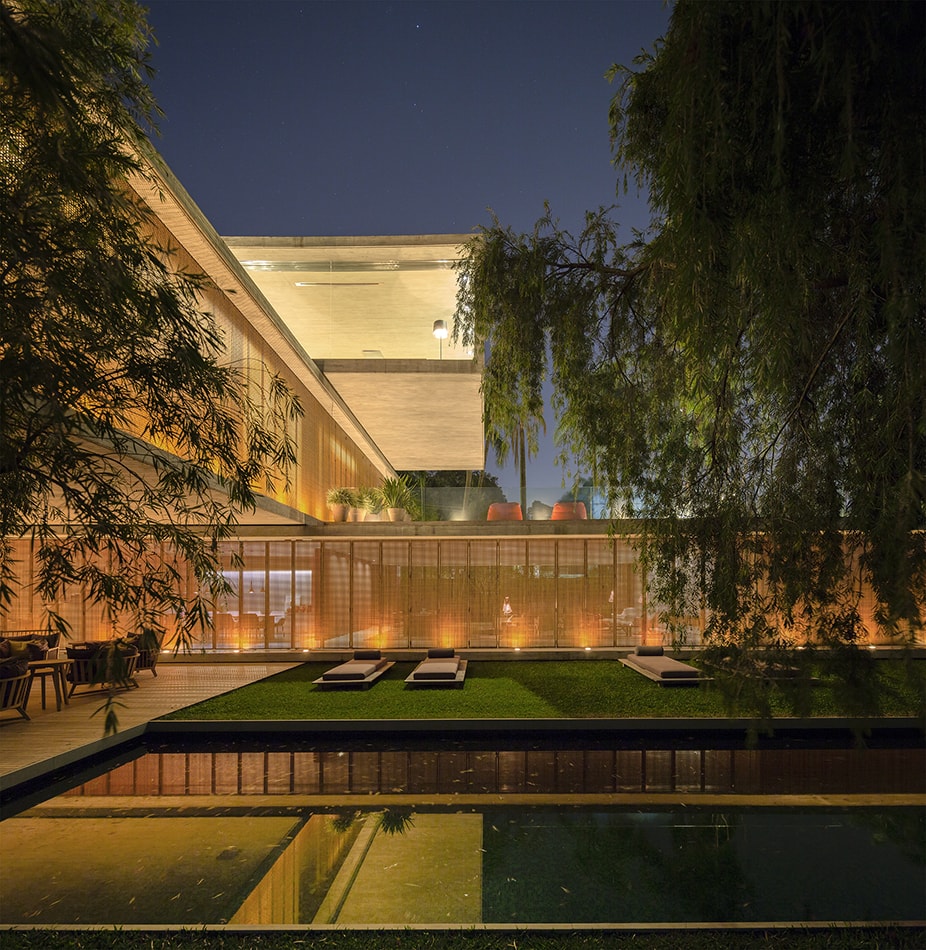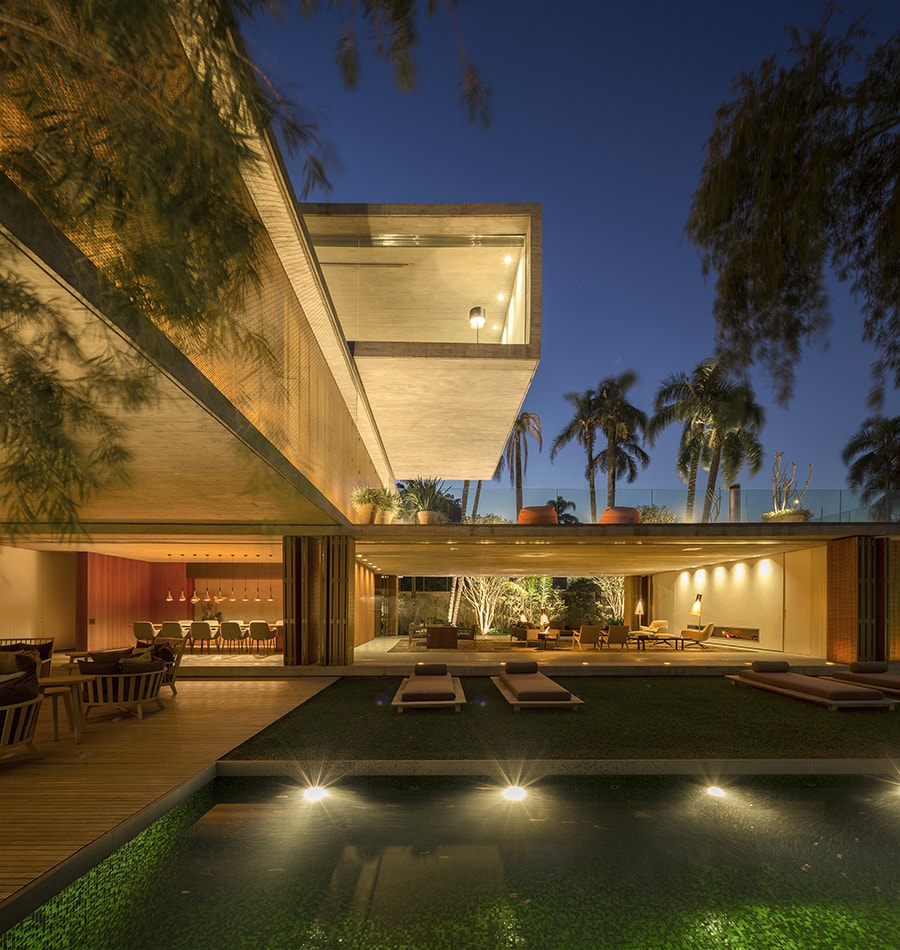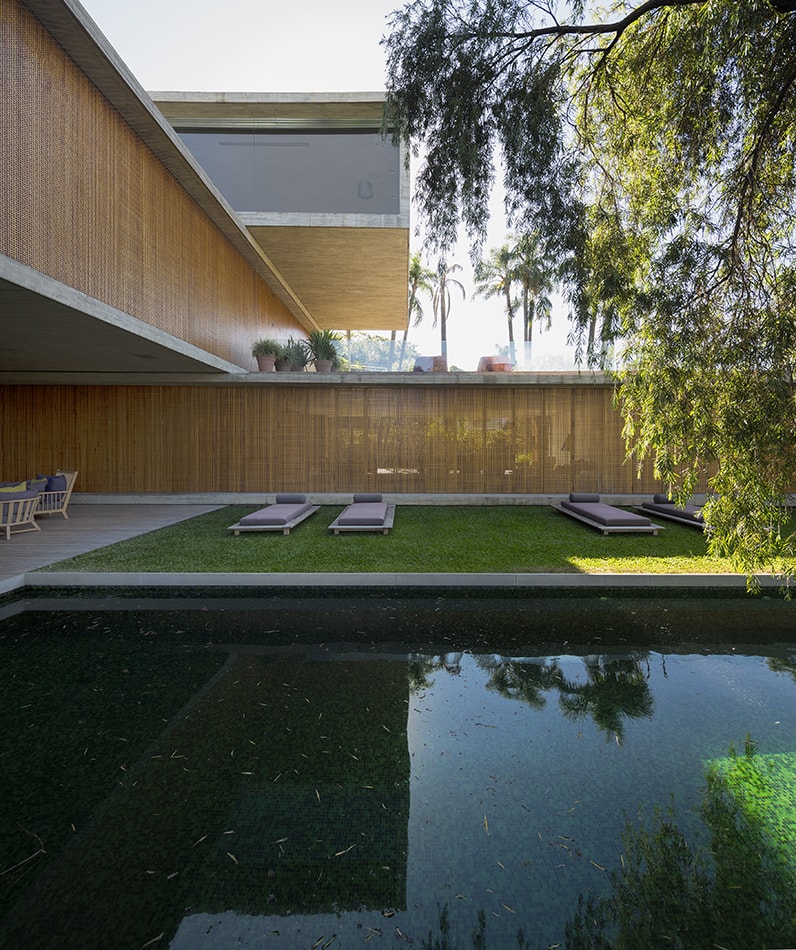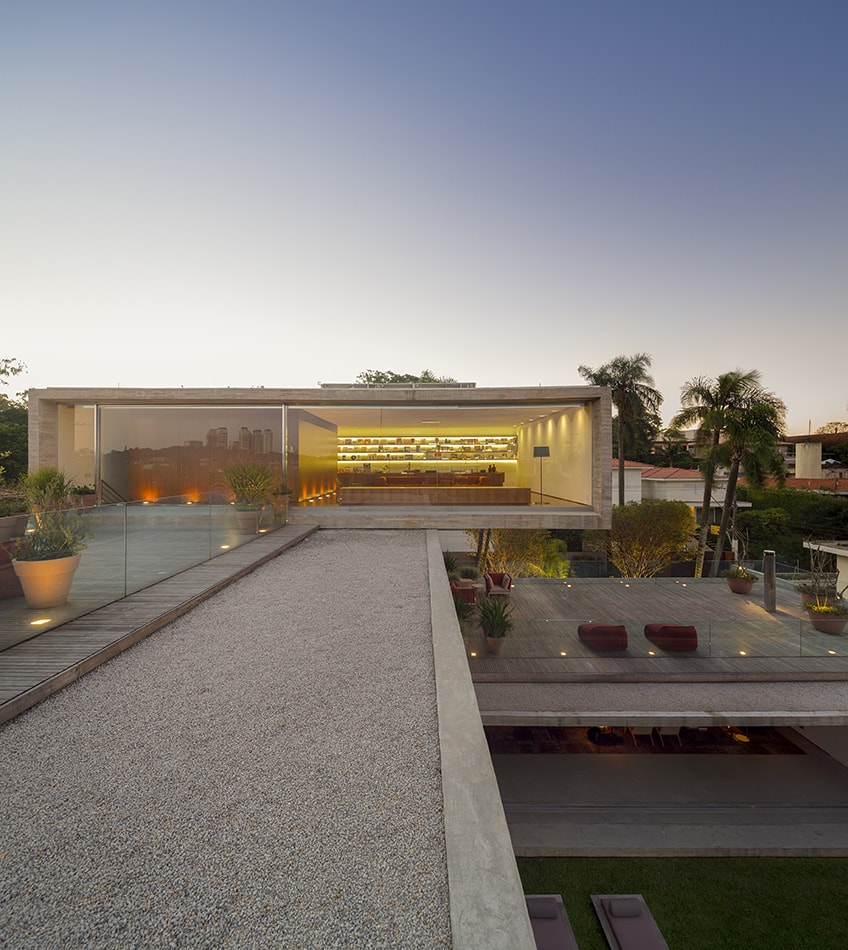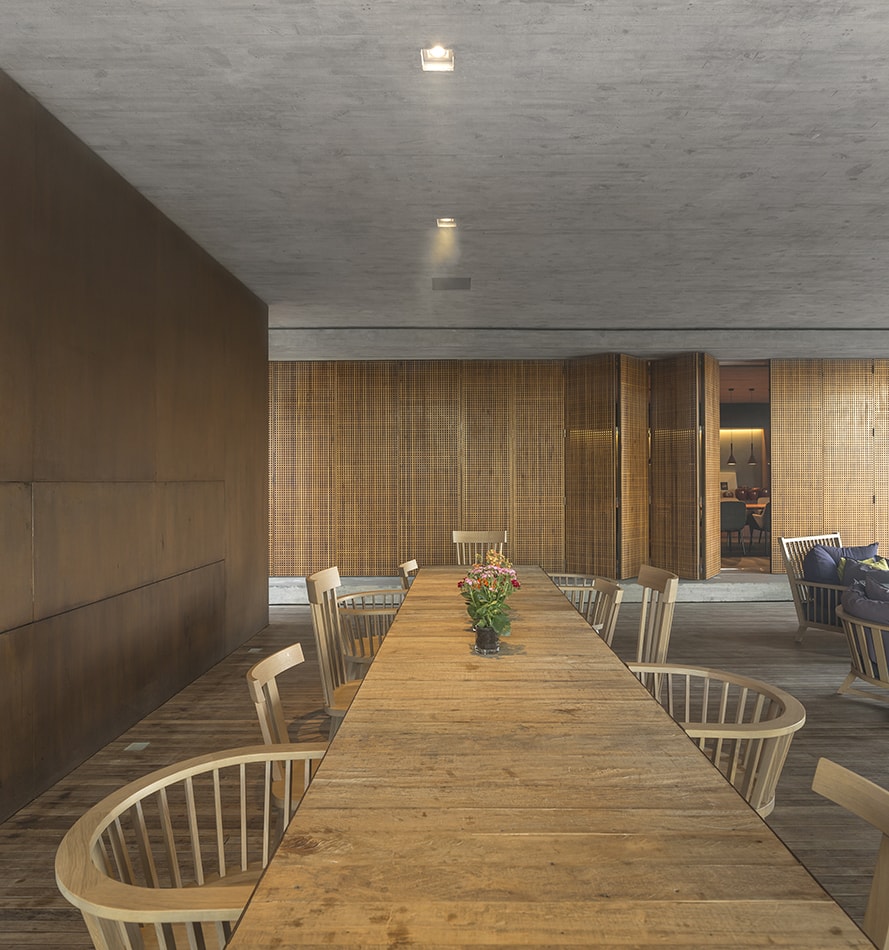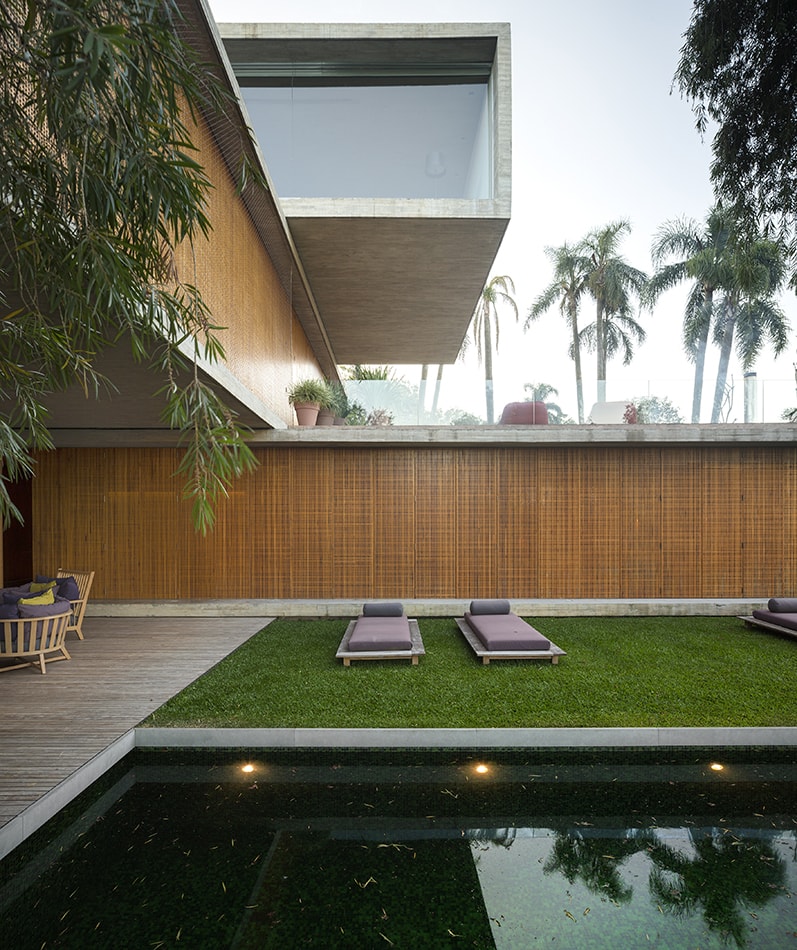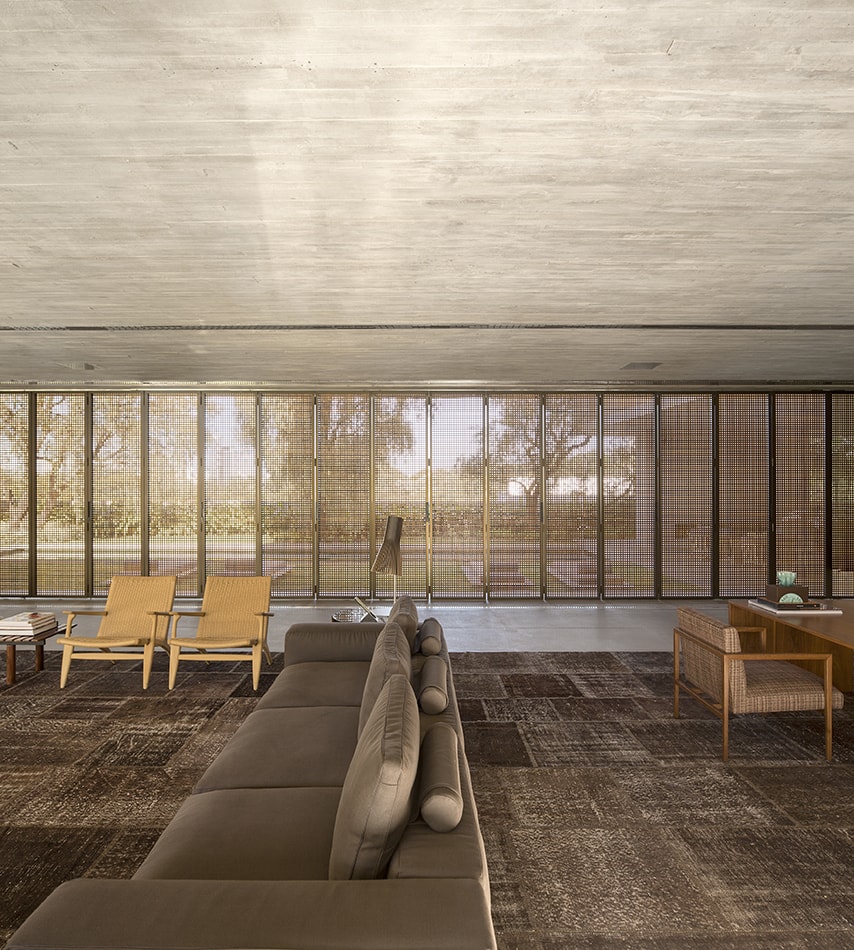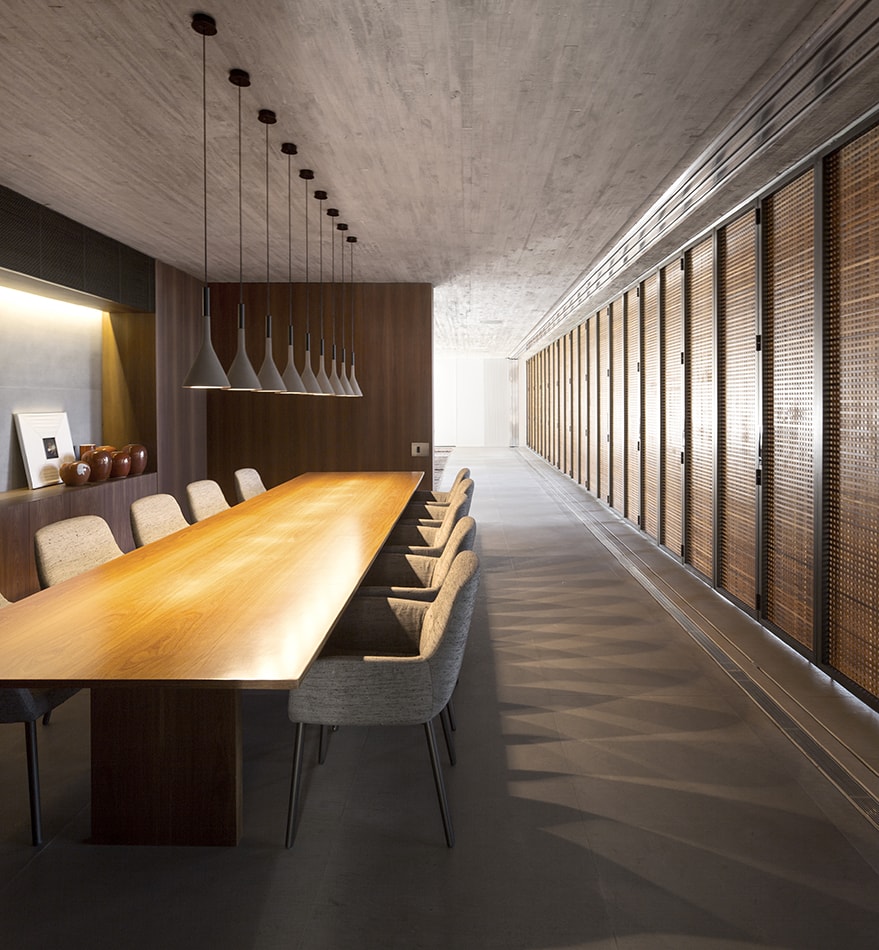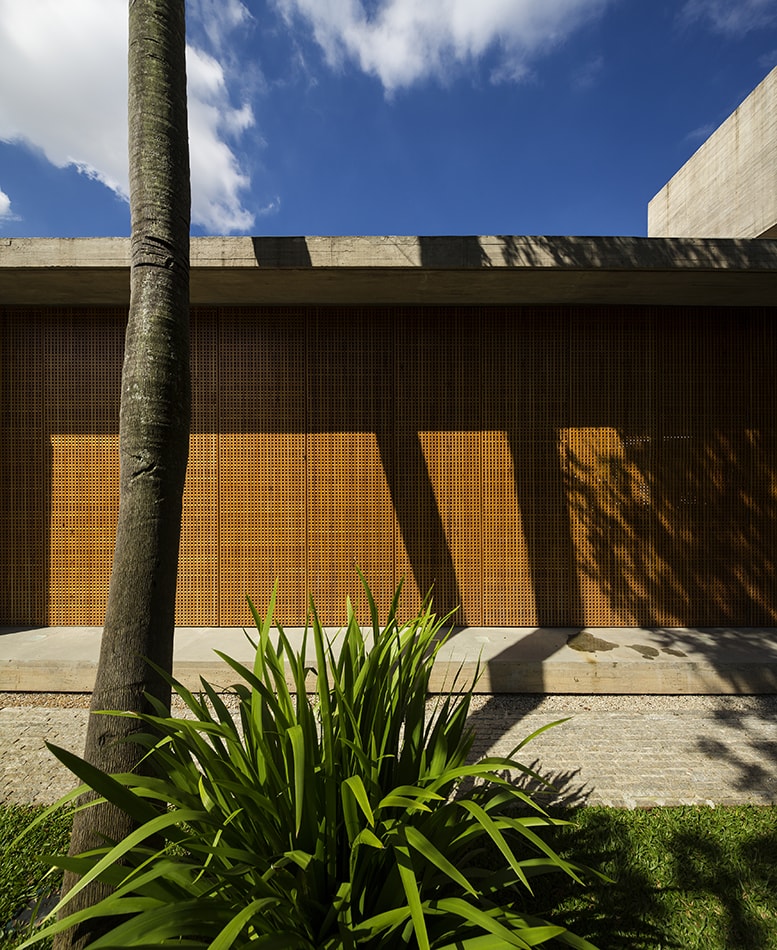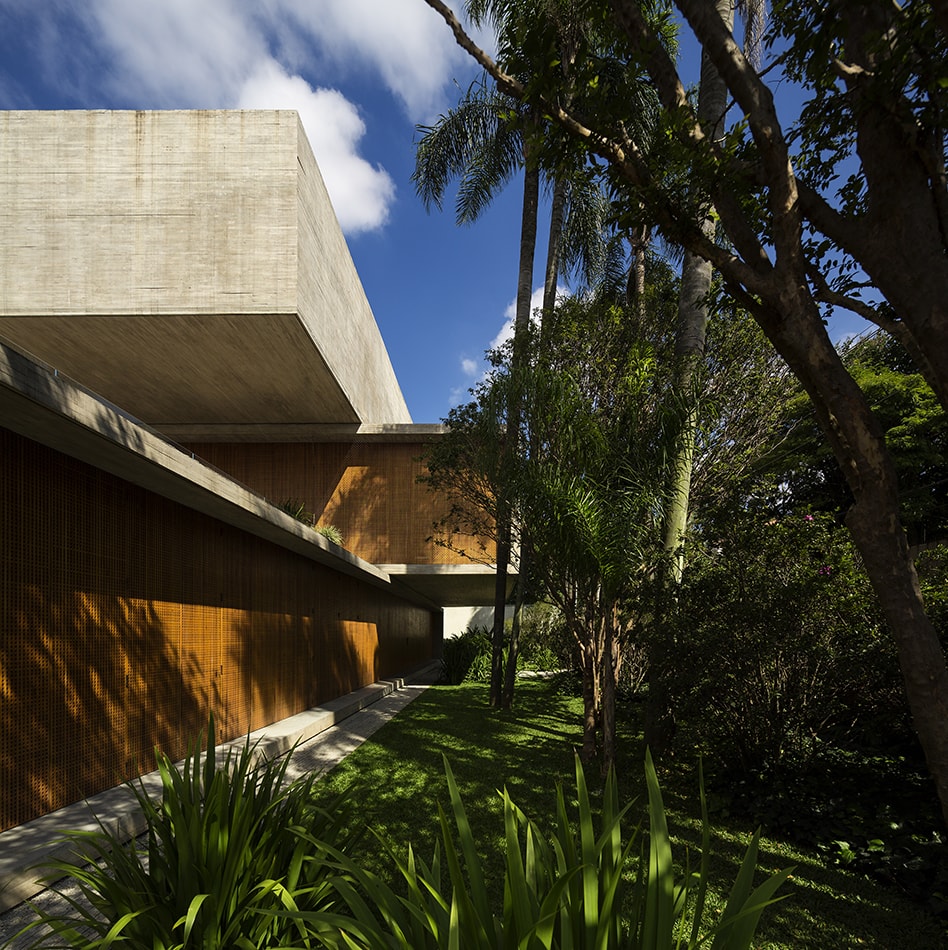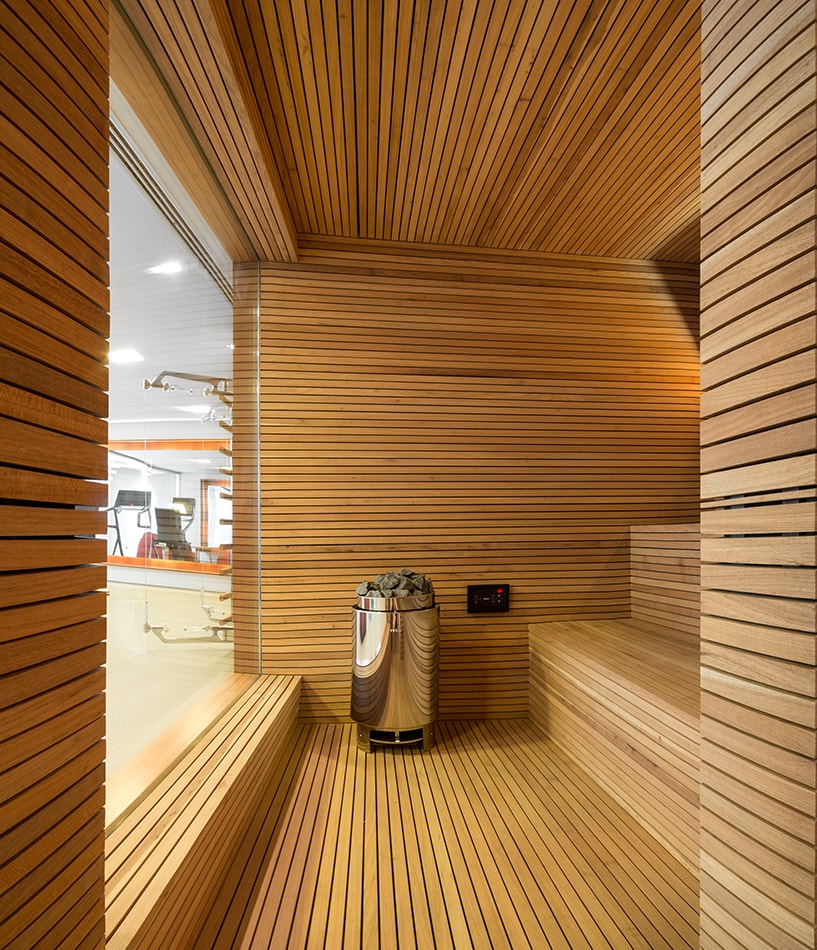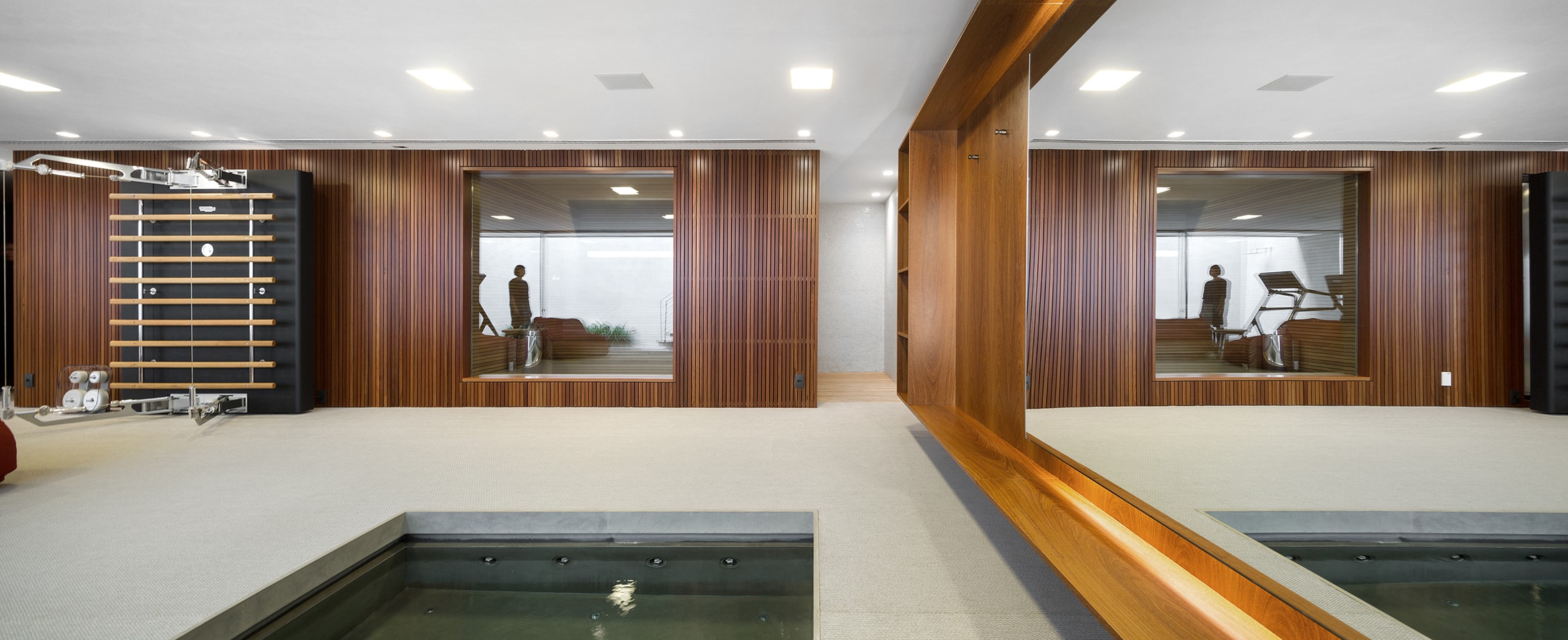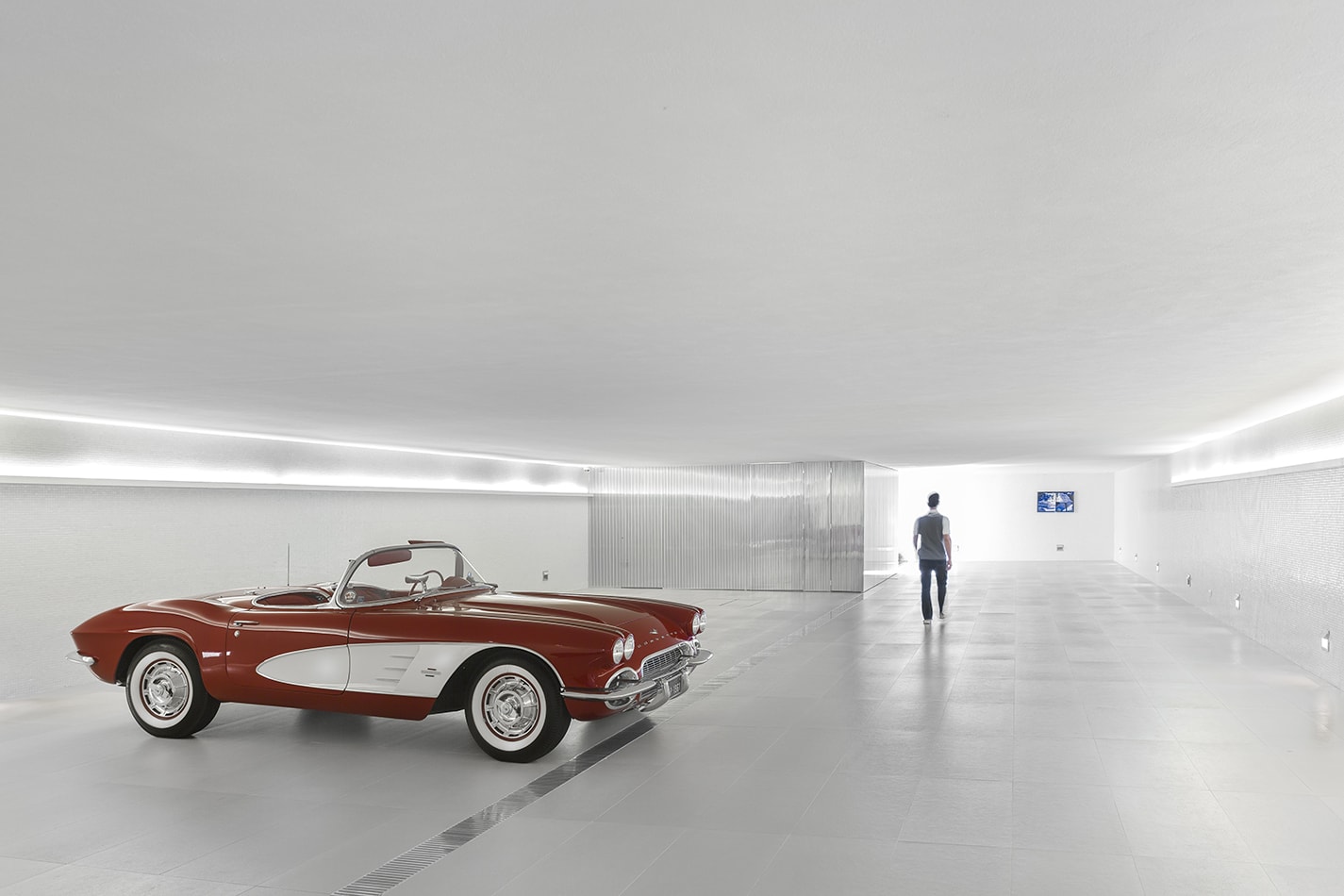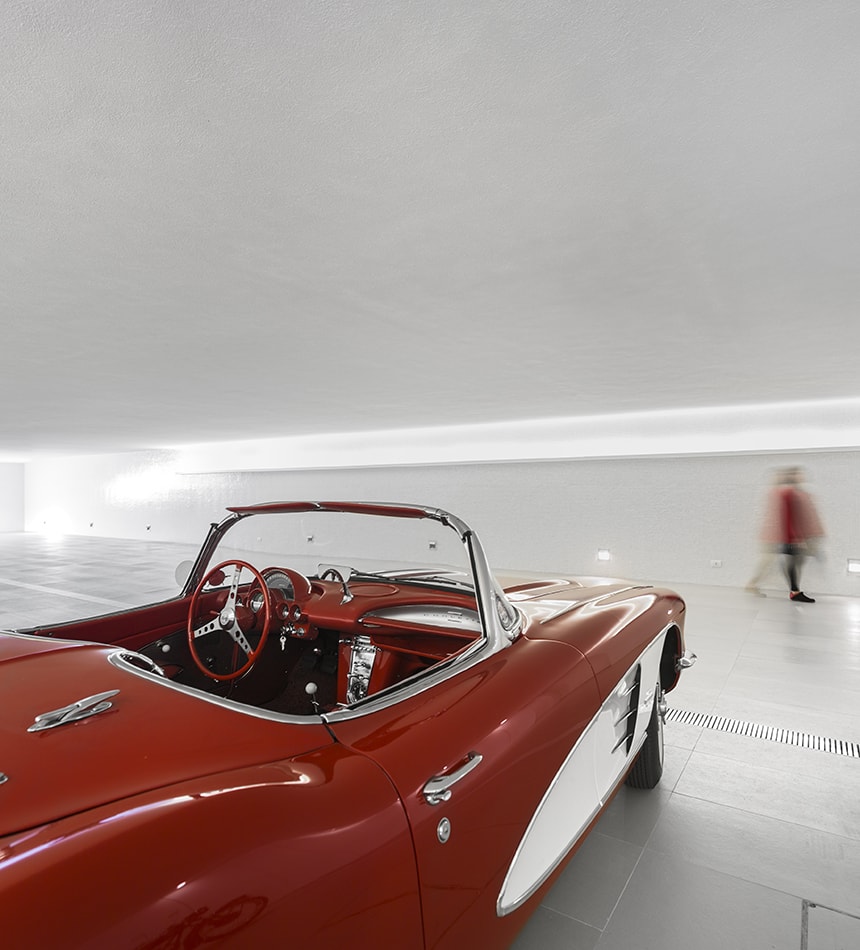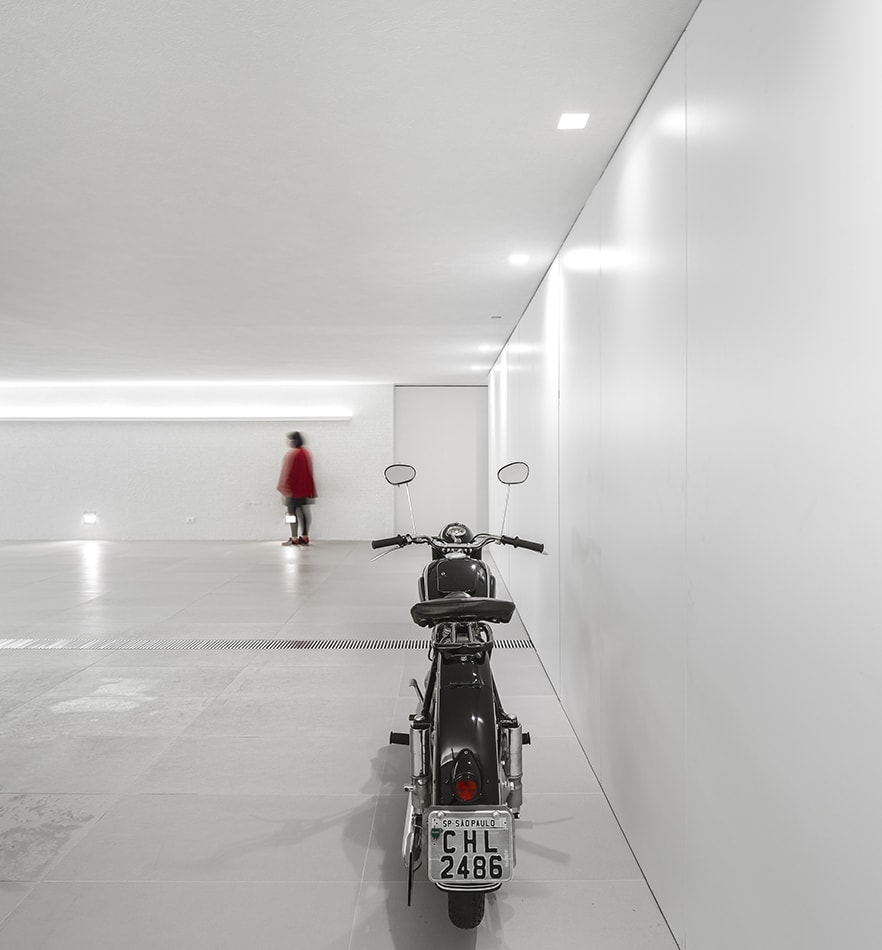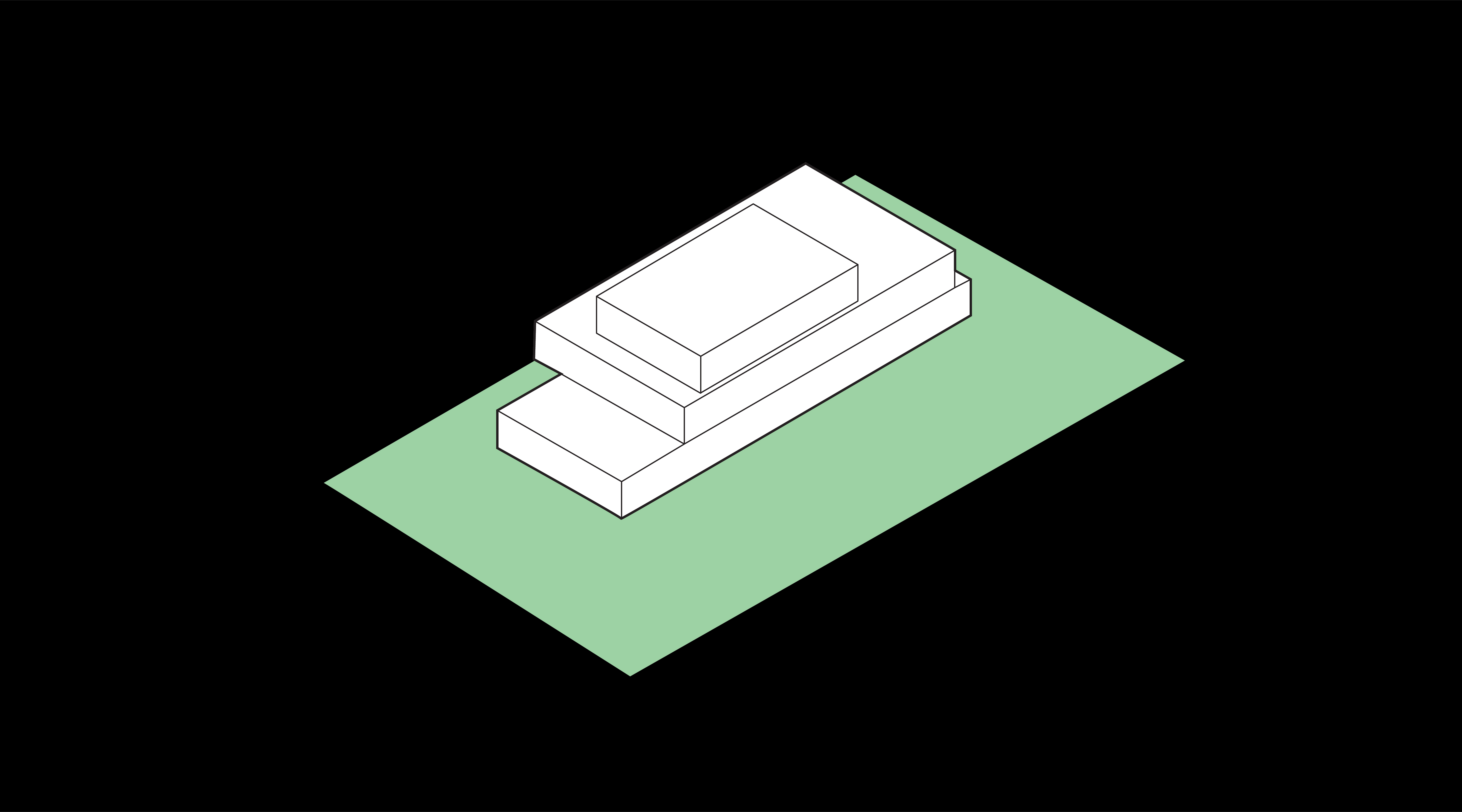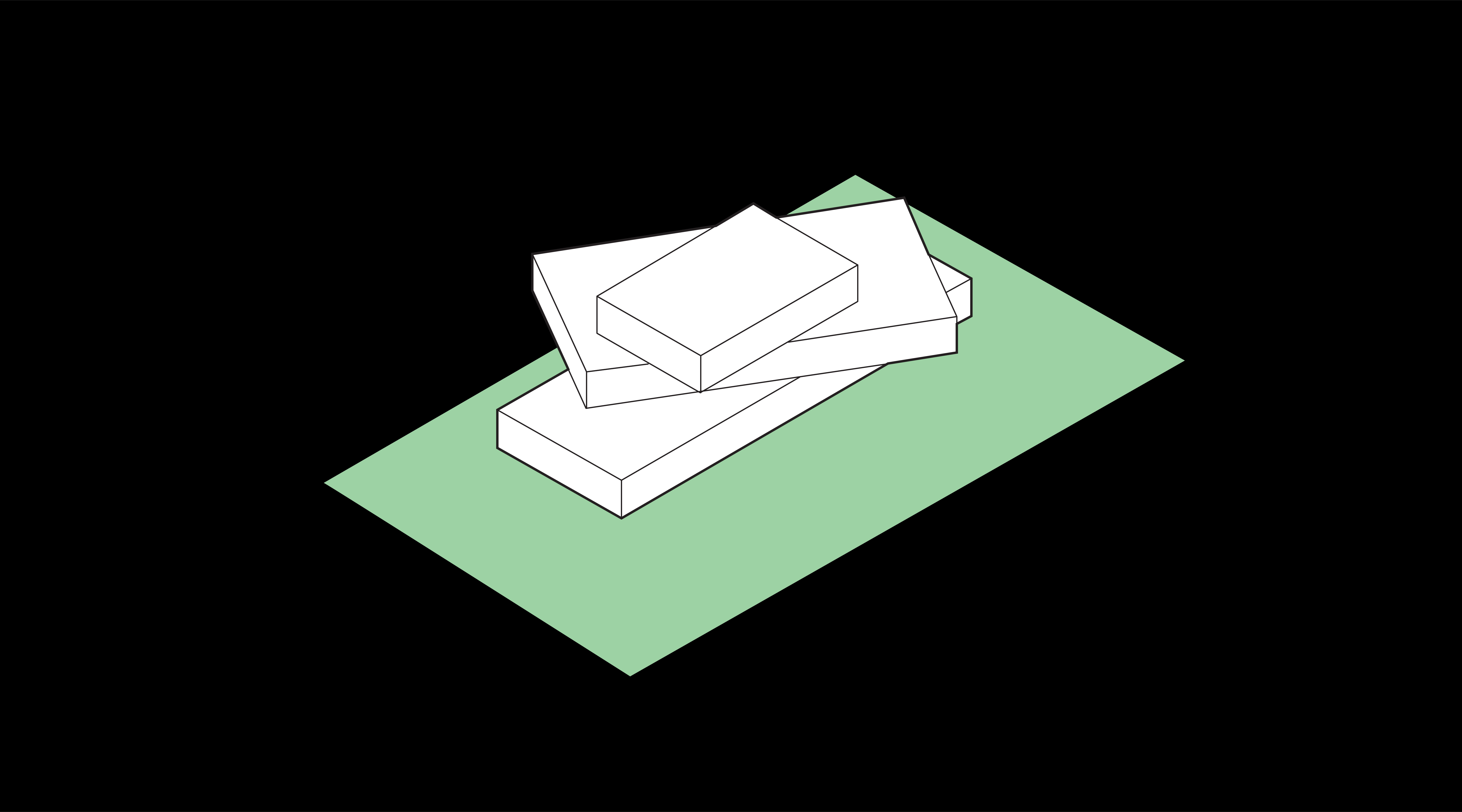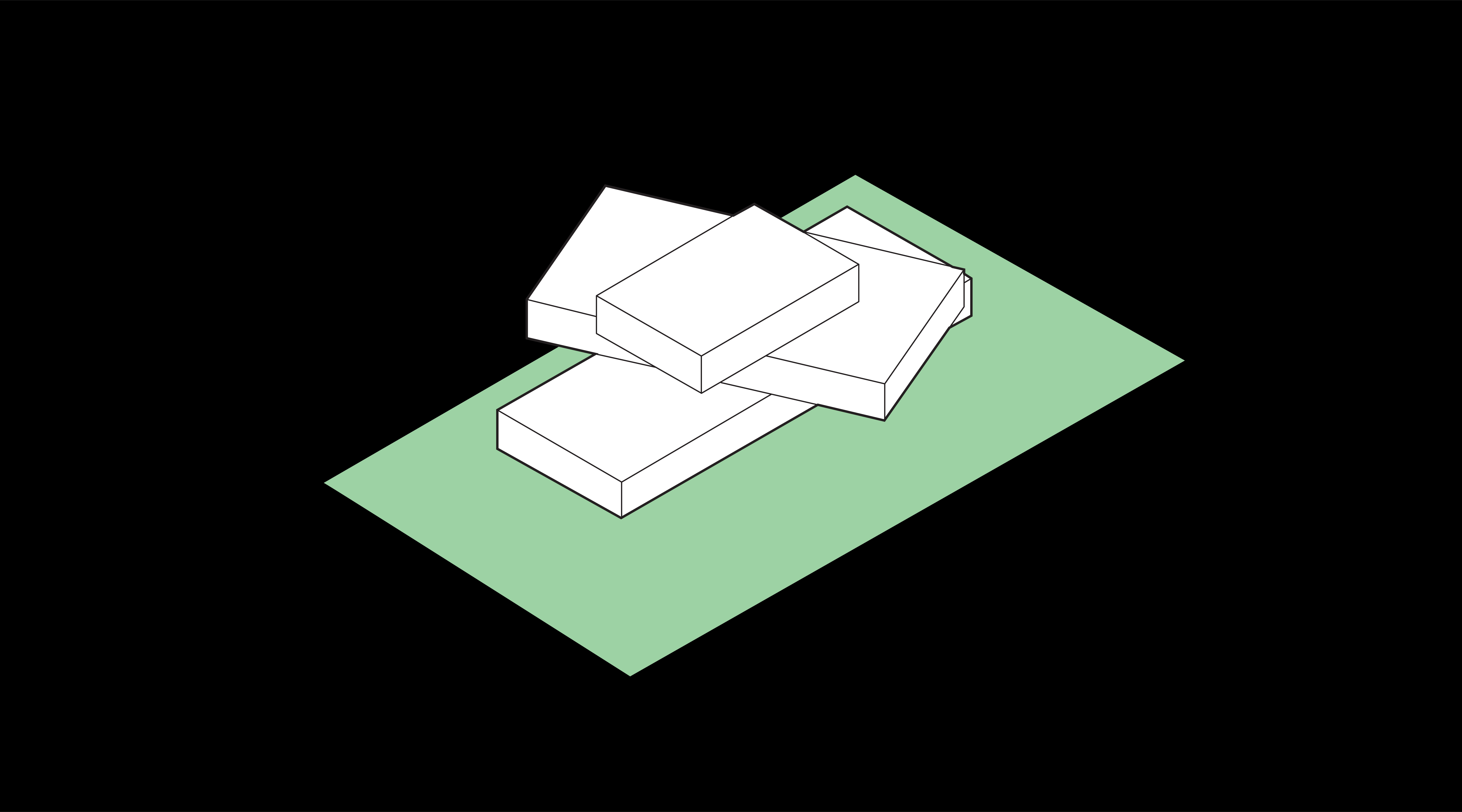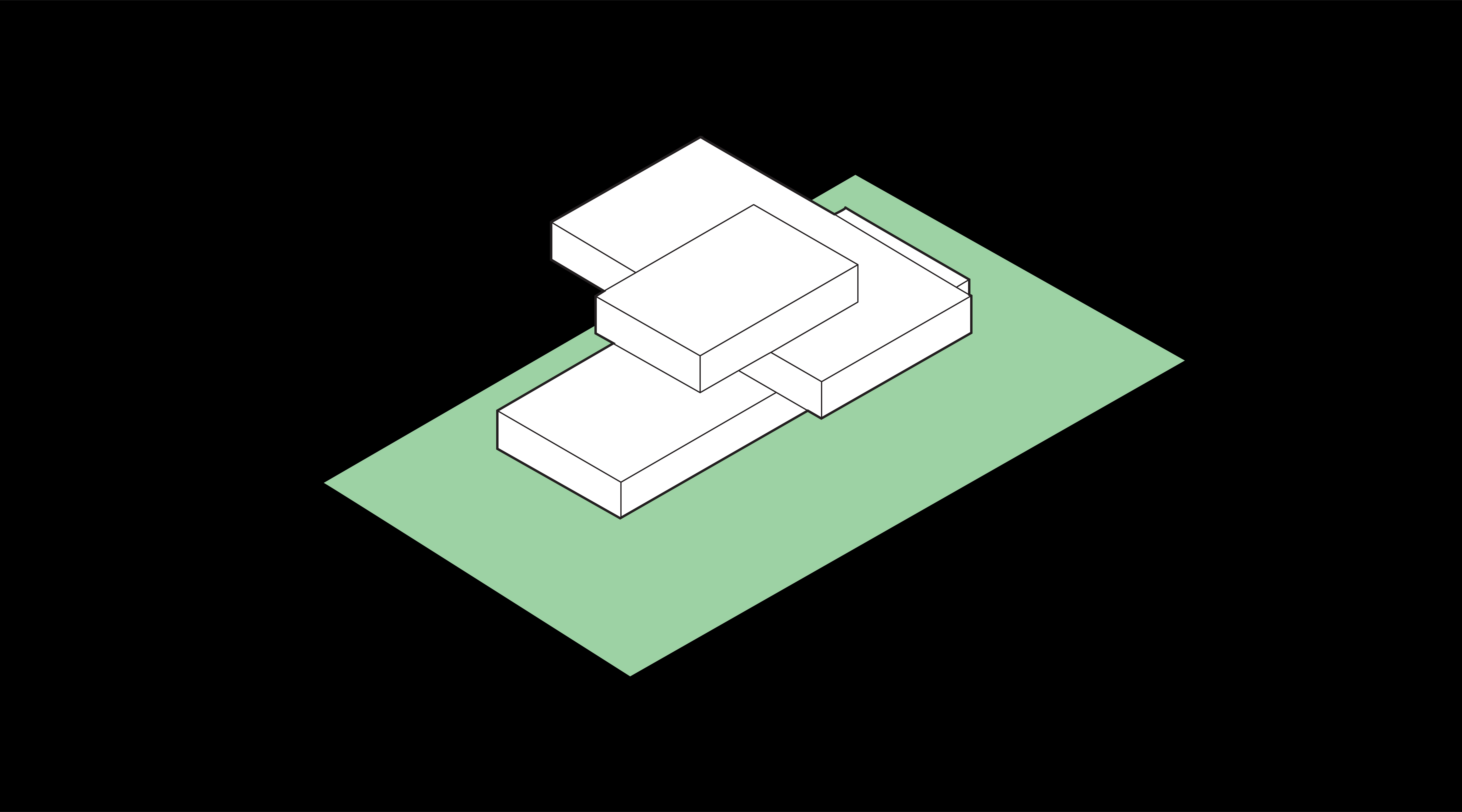Designed six months before Toblerone House (and concluded nine months later), P House project contradicts the premises of clarity and structural simplicity that have become relevant to the later projects of mk27, what explicit the transitory dimension of this period.
While the Toblerone House initiates a new phase with an archetypical design around the subject of structural rationality, P House closes the previous period with a virtuous investigation about possibilities of complex structures with spans and cantilevers that ‘magically’ disappear in their various transitions.
In this bold exercise of prismatic boxes stacking, P House embodies an equilibrium play based in the rotation of three volumes around a core, generating different visual relations between full and empty, between the collective and private areas, between the house and the city views. This core, besides organizing the volumetric composition, hosts vertical circulation and anchors main structural elements.
The bedrooms’ box, on the second floor, projects out on both sides of the ground-floor box (that houses the living room). On one side, the cantilever shelters the main entrance, and on the other, it shades the terrace. The spiral movement continues with the third box projected out over the first volume, defining an area of shade on the deck in front of the master suite.
Gabriel Kogan
location > são paulo . sp . brazil
project > july . 2007
completion > july . 2012
site area > 1240 sqm
built area > 773 sqm
-
architecture and interior design > studio mk27
architect > marcio kogan
co-architect > lair reis
interiors > diana radomysler
architecture team > fernanda neiva . oswaldo pessano . suzana glogowski
interiors team > carolina castroviejo
communication team > carlos costa . laura guedes . mariana simas
-
landscape designer > renata tilli
contractor > CPA
-
photographer > fernando guerra
Designed six months before Toblerone House (and concluded nine months later), P House project contradicts the premises of clarity and structural simplicity that have become relevant to the later projects of mk27, what explicit the transitory dimension of this period.
While the Toblerone House initiates a new phase with an archetypical design around the subject of structural rationality, P House closes the previous period with a virtuous investigation about possibilities of complex structures with spans and cantilevers that ‘magically’ disappear in their various transitions.
In this bold exercise of prismatic boxes stacking, P House embodies an equilibrium play based in the rotation of three volumes around a core, generating different visual relations between full and empty, between the collective and private areas, between the house and the city views. This core, besides organizing the volumetric composition, hosts vertical circulation and anchors main structural elements.
The bedrooms’ box, on the second floor, projects out on both sides of the ground-floor box (that houses the living room). On one side, the cantilever shelters the main entrance, and on the other, it shades the terrace. The spiral movement continues with the third box projected out over the first volume, defining an area of shade on the deck in front of the master suite.
Gabriel Kogan





